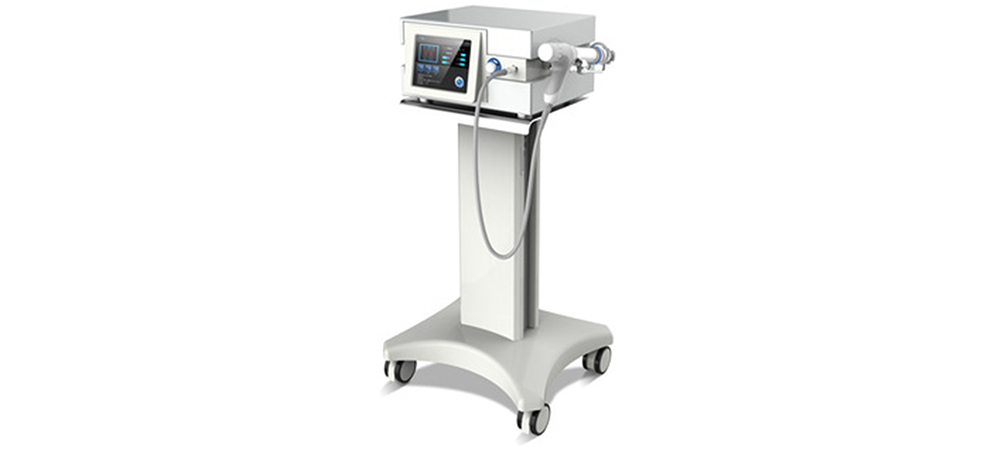How does Pulsewave therapy work?
Pulsewave Therapy uses kinetic energy waves in the form of a physical tapping action that work to stimulate muscle, bone, tendon, ligament and other connective tissue resulting in pain relief and faster healing rate from chronic injuries.
These pulses can break up scar tissue, increase blood flow to the area, and stimulate your body's natural healing response.
A probe is held against the skin delivering Pulsewaves in a controlled and focused manner for 5-10 minutes resulting in:
- Increasing circulation
- Break down calcification deposits
- Stimulating production of fibroblast (soft tissue cells) to heal ligaments, tendons, muscles
- Stimulating production of osteoblast (bone cells) to heal bone
- Stimulating the “gate-control” mechanism for pain relief
- Inhibiting Cox II Enzyme, producing an anti-inflammatory effect
- Increasing Lubricin formation in stiff joints thereby stimulating joints to optimise lubrication translating to better function.
- Breaking up painful adhesions in stiff joints, reducing pain from Arthritis.
Often a patient will walk in with a 10 level pain in their foot and walk out with a level 2 pain level, a significant reduction in pain!
How many Pulsewave treatments will I need?
Results can be achieved in as little as 3 x 5 min treatments! However, the more chronic or significant in nature your condition is, the more Pulsewave treatments you will need. A typical course of Pulsewave therapy consists of weekly treatments for 3-6 weeks.
Are There Any Side Effects?
Pulsewave Therapy is non-invasive and extremely safe. Kinetic pulses are applied using a special handpiece and are much like the sensation of tapping your skin. Due to the nature of this treatment, Pulsewave has very minor side effects that typically include:
- Reddening
- Swelling
- Mild pain
- Bruising
- Red spots


